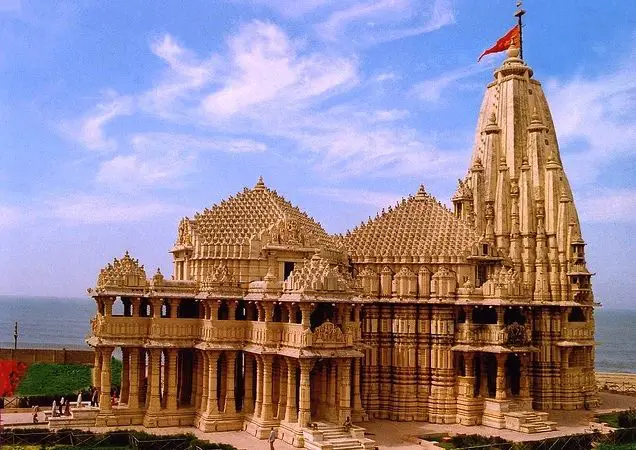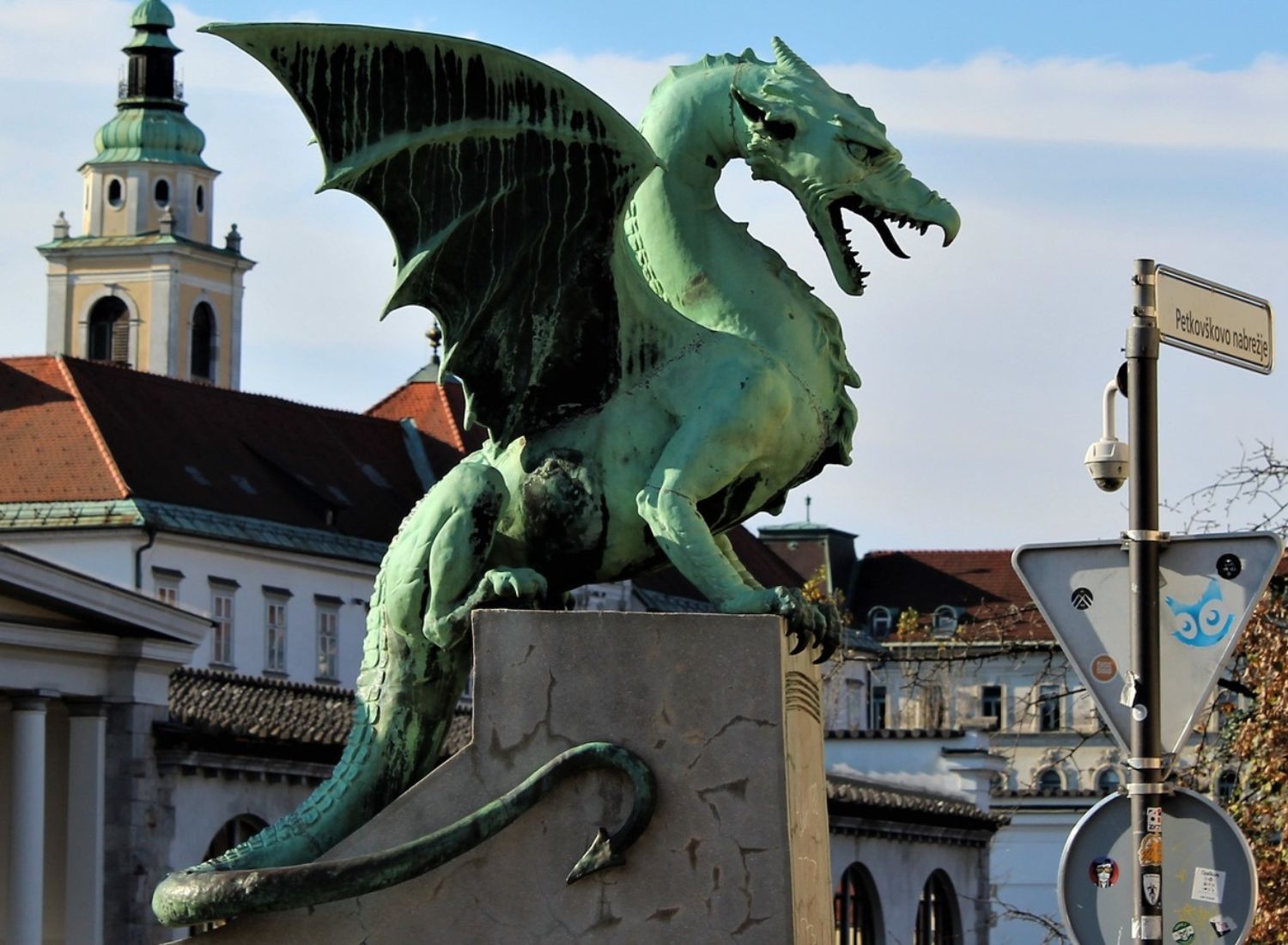Why Was Somnath Temple Demolished And Reconstructed 17 Times?

India has a very long and a glorious history. It has been invaded by many until Britishers came and ruled us for almost 200 years. We have one temple which is famous tourist spot of India but has a long history. It is the “Somnath temple” in Prabhas Patan in Saurashtra in Gujarat. The Shivalinga in the temple is one of the twelve Jyothirlingas in our country. It is believed, that Lord Shiva appeared here as a fierce column of light. This temple was destroyed and rebuilt 17 times.

History of Somnath
The temple has been a pilgrimage centre even in the past, due to the “Triveni Sangam”. It is the convergence of three rivers namely Kapila, Hiran and Sarasvati. This temple has got its name due to the moon god. Somnath means moon god. It is believed that the moon god had come here to this place to take a bath in the holy meeting point of these rivers. He was cursed and had lost his shine. To regain his lustre, he had to bathe here. The town’s name is also believed to be originated from the story as Prabhas means glow.

Origin of The Somnath Temple
This famous temple has been demolished and resurrected almost 17 times in our history. According to beliefs, it was first made in gold by the moon god. Then Ravana built it in silver, and later Krishna made it in wood, and at last, it was built in stone by Bhima.
The first Somnath Temple origin and the people who have made it ain’t mentioned in our history. The second temple here was built by Yadava kings of Vallabhi in 649 CE. IN 125 CE, the Arab governor of Sindh, Al-Junaid invaded Gujarat and Rajasthan and destroyed this temple. Then King Nagabhata II reconstructed it in red sandstone in 815 CE.

Later it was built again by Chalukyas king Mula Raja before 997 CE. In 1024, Mahmud of Ghazni demolished the temple and broke the Shiva linga and took 20 million dinars away. The temple again was rebuilt in 1169 with excellent stone studded with jewels, as per the inscription. Again it was damaged by Alauddin Khilji and rebuilt by Mahipala Deva, the Chudasama king in Saurashtra in 1308. Later it was again destroyed by Zafar Khan, the last governor of Delhi Sultanate in 1395. In 1451, it was damaged by Mahmud Begada and again attacked by the Portuguese. Finally, the Mughal Emperor Aurangzeb destroyed it, and lastly, it was built under the leadership of Patel after independence.
Current Scenario of the Temple

After independence, Vallabhbhai Patel and K.M. Munshi with the approval of Mahatma Gandhi built it with the public money. The ruins were pulled out in 1950, and the mosque was shifted a few kilometres away. On May 1981, the president invited K.M. Munshi for the installation ceremony of the temple. The present temple is in the Chalukyas style of temple architecture which reflects the skills of tempura salats. The temple shikhara is 15 meters in height, and the flagpole is 8.2 meters tall. According to the inscription in Sanskrit on the sea-protection wall, the temple is situated in such a way that there is no straight line in a land between Somnath seashore and Antarctica.
Read Also: Know about Kuldhara: Haunted village in Rajasthan



